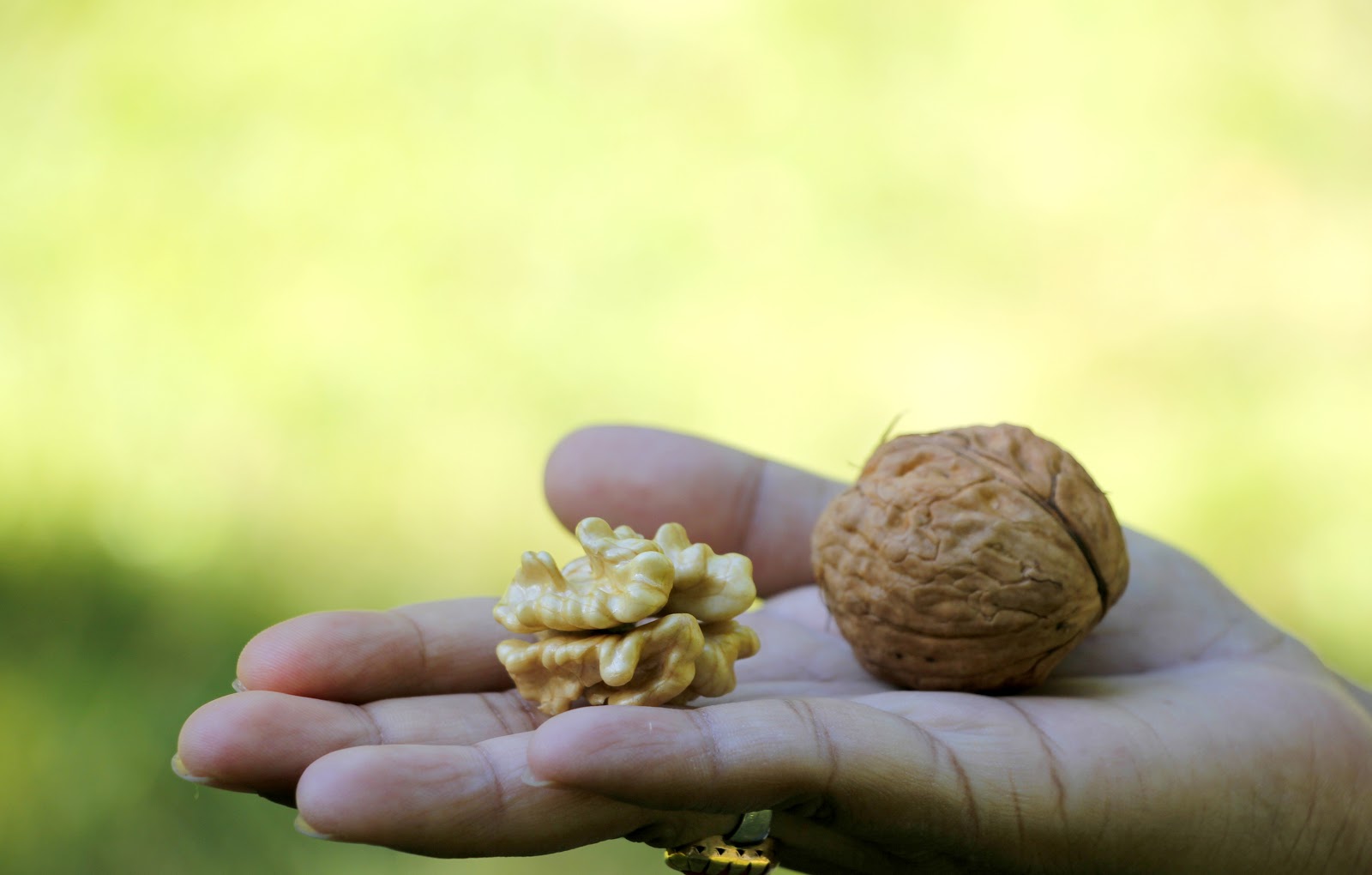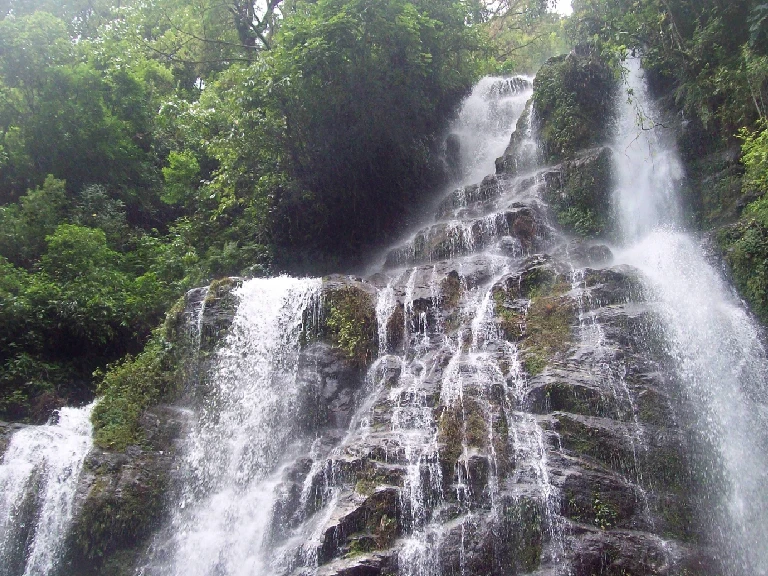Walnuts on the hills
This far from civilization,
The hills feel like a lost world –
Wet forests, cathedral of ferns
An antiquity, in green unfurled
If Mount Wilson felt aloof
Imagine, further on, the winding road –
Mt Irvine, silent cold
What lies here? What abode?
Not the English gardens
Left behind, in autumn’s colours grand –
But something more, unexpected
With names from Maori land
In that same hillside, basalt belt,
Lie chestnut-walnut farms,
Kookootonga – smiling now for fifty years
With its own withdrawn austere charms
After
the rains, on 40 acres
Are
strewn, walnuts-chestnuts, on the ground
While
all along, I wonder
In
this darkness, how will the stars abound?
No
houses anywhere close,
A
far-off farm on this hillside ridge –
Yet,
connecting so many lands that
Continents
join in Kookootonga’s bridge
Buckets
fill with bounty nuts
It
was worth to make this journey long
And
feel solitude sink, so deep within
Amazement,
an unexpected song
But
it has been here all along
For
a hundred years, Mt Irvine stands
Fighting
fire, resisting snow –
On
three generations and their hands
Amazing
travellers as they pass
Glimpsing
history, unchanged past
Chestnut
memories from the hills -
Silence
accepted, then at last…
15th
April, 2024
The
Blue Mountains are renowned for their cool climate English gardens strewn largely
around Leura and Mount Wilson. These are the few places around Sydney where Autumn
colours can be seen. Compared to other villages and towns of the Blue
Mountains, the Bells line of Road beyond Bilpin feels remote, aloof, and brimming
with the beauty of isolation, surrounded by dense gum forests. Mount Wilson
stands on this last frontier of seclusion with no village centre or shops.
And
then, beyond the English gardens of Mount Wilson lies Mount Irvine, even more
remote and guarded by its towering rainforests and fern gulleys. In 1897, surveyor
Charles Robert Scrivener was amongst the first to explore these lands with a
suggestion to the government to maintain the rich plateau as a reserve but when
the ask was rejected, he was amongst the first to accept land grants to settle
here. He brought his son Passerine Scrivener and his son’s friends Basil Brown
and Harold Morley from Richmond to establish their farms here over hundreds of
acres of land. Charles later went on to achieve his seconds of fame in choosing
Canberra as the location of the national capital in 1909 before settling for
good in the hills of Mt. Irvine that he had seemed to admire so much. Passerine
and his two friends became the first European settlers here establishing farms
and naming many of their houses with Maori monikers – Kookootonga, Taihoa, Painui,
and Cooinda.
Why
these names from across the Tasman, I couldn’t find many reasons (the Scriveners
were from Richmond and Windsor while Basil was from NZ, perhaps with the Maori
connection). Talking to the current owners, Mark and Robyn, I understood the
meaning of Kookootonga – meaning south wind (while Taihoa meant so evidently ‘not
to hurry’). They further mentioned that the chestnuts and walnuts were planted
by the children of Passerine Scrivener in the 1950s and 60s, with the farm
retaining a long tradition of nut-picking for years now.
I
spent a long time at the farm – while the original native vegetation was cleared
over a hundred years back, nothing much may have changed beyond – deep in the
heart of the mountains, there has not been more conquests by man leaving the
hills and their surrounds perhaps exactly as they have been over the last
century. Yes, there has been the occasional vagaries of nature – summer’s bushfires
and even snow in winter, but Kookootonga perhaps largely remains the same as
Charles Scrivener, the unofficial founder would have retired in – far from the
humdrum of civilization, eye to eye with the twinkle of the Milky Way at night,
with the occasional south winds susurrating through the leaves of the sprawling
chestnut and walnut trees, softly justifying the name Kookootonga again and
again…



Comments
Post a Comment